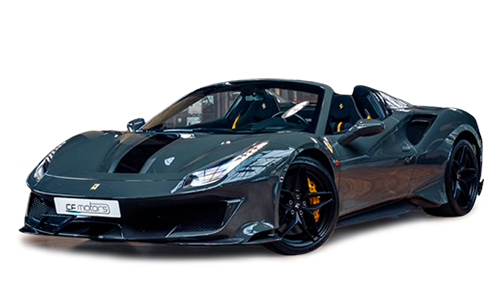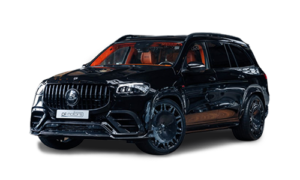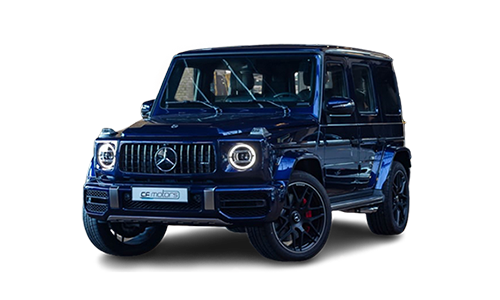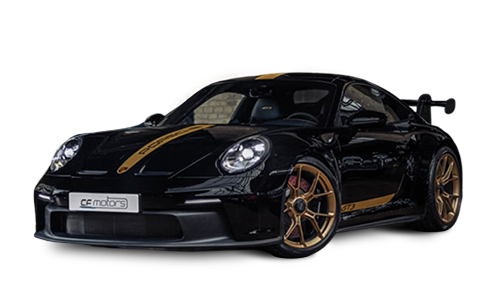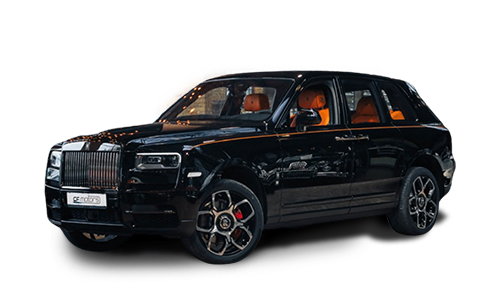10+ years experience
Quickly to the desired car
Personal contact
10+ years experience
Quickly to the desired car
Personal contact
10+ years experience
Quickly to the desired car
Personal contact
Lamborghini
The sports car manufacturer Lamborghini is undoubtedly one of the most exciting brands of recent years. Within a few years, both the variety of products and the sales figures have been multiplied. And not without reason: At the latest with the Lamborghini Huracán, lovers of the brand were presented with a brutal vehicle in a class of its own, which continues to enjoy growing popularity. The spectrum of the Italian super sports car brand, which is also successfully anchored in international racing, ranges from "mass models", such as the Huracán EVO, to the Urus super SUV, to extremely limited special models, such as the Lamborghini Sián.
Also take a look at our large selection of vehicles from other manufacturers:
Secure one of our new or used Lamborghini now at our main location in the Classic Remise Berlin. We offer a wide range of current and historic Lamborghini models and also a constantly changing selection of luxury sports cars and supercars from Ferrari, McLaren, Porsche and many more.
Are you interested in a special model from Lamborghini? Our worldwide network enables us to find a vehicle for you that exceeds your expectations. In our offmarket area you will also find after successful registration changing offers of used Lamborghini Aventador SVJ, Countach and Urus in perfect condition at fair prices. But also the newest models, like the soon to be released Lamborghini Sterrato and Urus Sport, which we only want to present to our handpicked customer base, you will soon find here.
Buy immediately available Lamborghini
Lamborghini models already sold
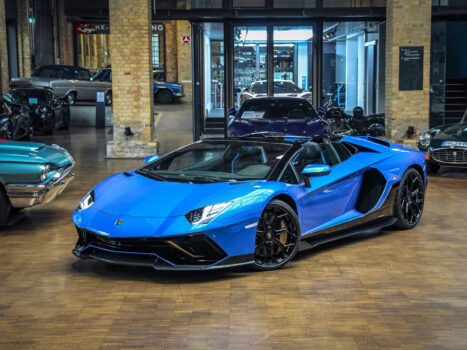
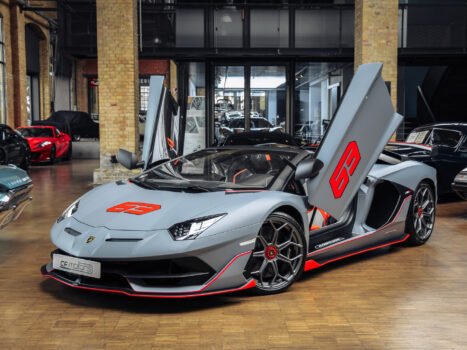
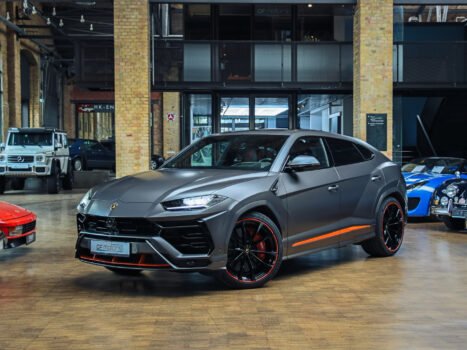
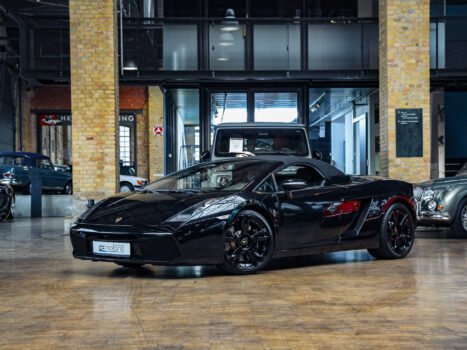
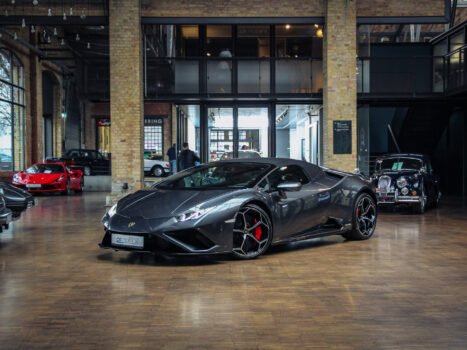
MODEL PALLET
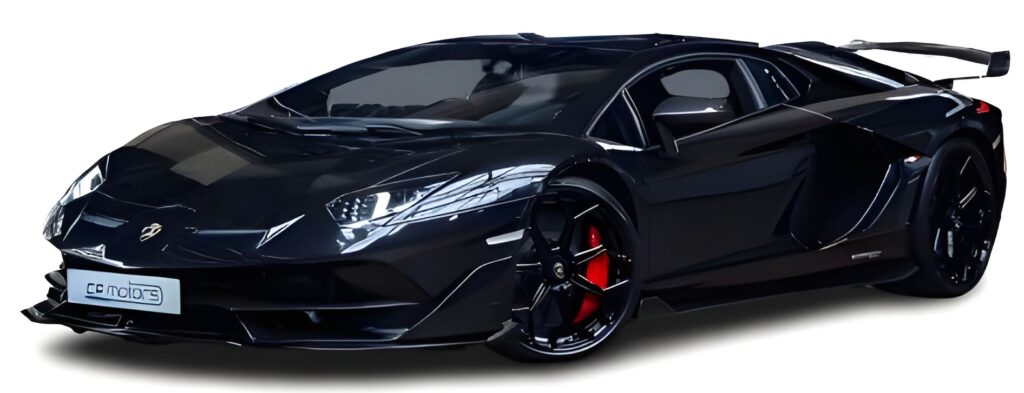
AVENTADOR SVJ
Vehicle details
- Publication Year: 2019
- Engine: 6.5 liters - V12
- Power: 566 kW (770 hp)
- Body style: Coupé
AVENTADOR SVJ ROADSTER
Vehicle details
- Publication year: 2020
- Engine: 6.5 liters - V12
- Power: 566 kW (770 hp)
- Body style: Roadster
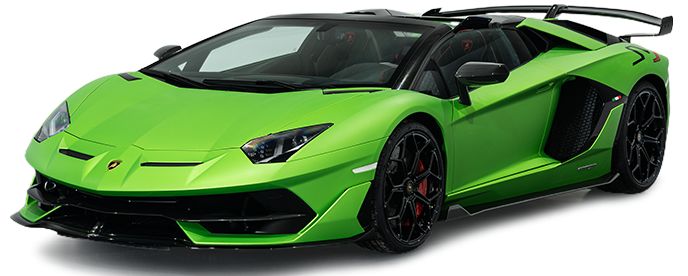

AVENTADOR LP 780-4 ULTIMAE
Vehicle details
- Publication year: 2021
- Engine: 6.5 liters - V12
- Power: 574 kW (780 hp)
- Body style: Coupé
AVENTADOR LP 780-4 ULTIMAE ROADSTER
Vehicle details
- Publication year: 2020
- Engine: 6.5 liters - V12
- Power: 574 kW (780 hp)
- Body style: Roadster

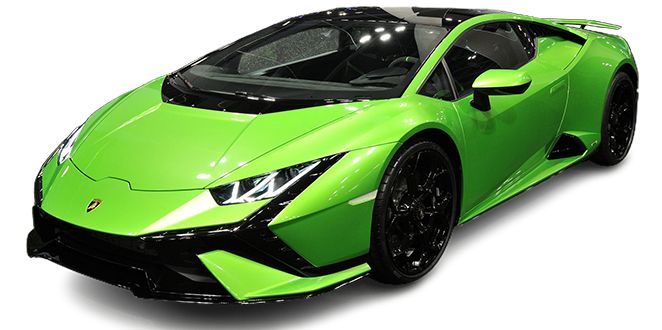
HURACÁN TECNICA
Vehicle details
- Publication year: 2022
- Engine: 5.2 liters - V10
- Power: 470 kW (640 hp)
- Body style: Coupé
HURACÁN EVO
Vehicle details
- Publication Year: 2019
- Engine: 5.2 liters - V10
- Power: 470 kW (640 hp)
- Body style: Coupé


HURACÁN EVO SPYDER
Vehicle details
- Publication Year: 2019
- Engine: 5.2 liters - V10
- Power: 470 kW (640 hp)
- Body style: Roadster
HURACÁN EVO RWD
Vehicle details
- Publication Year: 2019
- Engine: 5.2 liters - V10
- Power: 449 kW (610 hp)
- Body style: Coupé

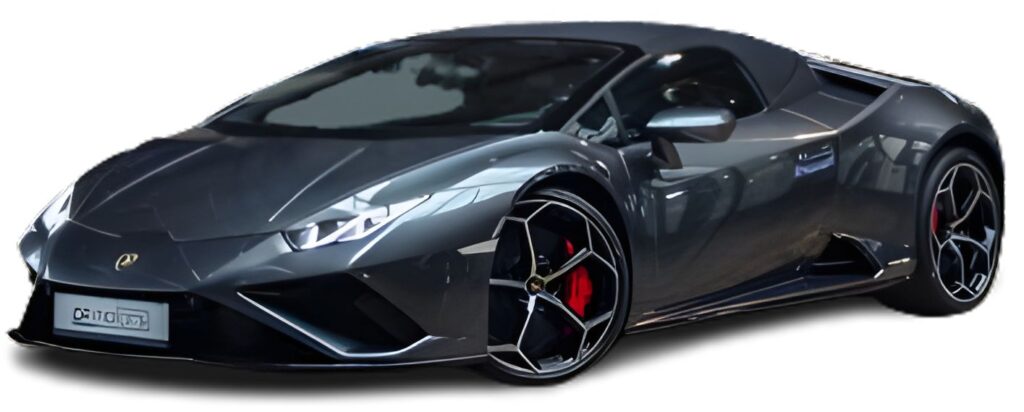
HURACÁN EVO RWD SPYDER
Vehicle details
- Publication year: 2020
- Engine: 5.2 liters - V10
- Power: 449 kW (610 hp)
- Body style: Roadster
HURACÁN STO
Vehicle details
- Publication year: 2021
- Engine: 5.2 liters - V10
- Power: 470 kW (640 hp)
- Body style: Coupé


URUS
Vehicle details
- Publication year: 2018
- Engine: 4.0 liters - V8
- Power: 478 kW (650 hp)
- Body style: Coupé
URUS S
Vehicle details
- Publication year: 2022
- Engine: 4.0 liter - V8 - biturbo engine
- Power: 490 kW (666 hp)
- Body style: station wagon


URUS PERFORMANTE
Vehicle details
- Publication year: 2022
- Engine: 4.0 liters - V8
- Power: 490 kW (666 hp)
- Body style: station wagon
URUS SE
Vehicle details
- Publication year: 2022
- Engine: 4.0 liter - V8 Biturbo
- Power: 478 kW (650 hp)
- Body style: SUV
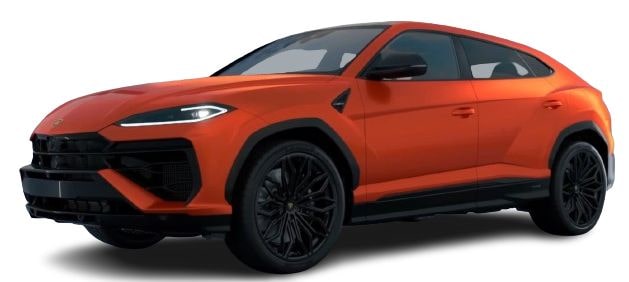

SIÁN FKP 37
Vehicle details
- Publication Year: 2019
- Engine: 6.5 liters - V12
- Power: 602 kW (819 hp)
- Body style: Coupé
SIÁN ROADSTER
Vehicle details
- Publication year: 2020
- Engine: 6.5 liters - V12
- Power: 602 kW (819 hp)
- Body style: Roadster

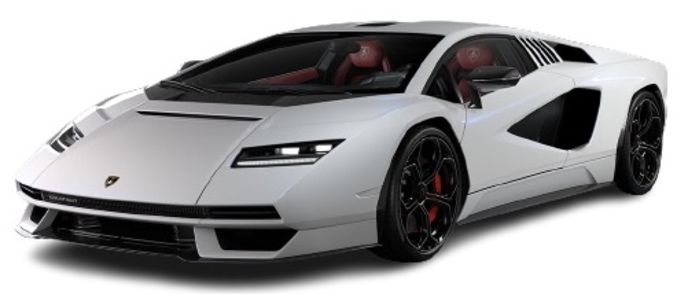
COUNTACH LPI 800-4
Vehicle details
- Publication year: 2021
- Engine: 6.5 liters - V12
- Power: 599 kW (814 hp)
- Body style: Coupé
REVUELTO
Vehicle details
- Publication year: 2023
- Engine: 6.5-liter V12, supplemented by three electric motors
- Power: 747 kW (1015 hp)
- Body style: Coupé
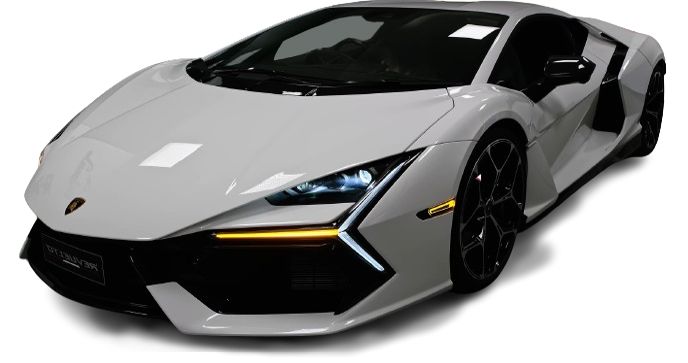
The history of Lamborghini
Incredible as it may seem, the first vehicles produced by Ferruccio Lamborghini, the founder of what would later become ́Automobili Lamborghini ́, were urgently needed tractors in 1948. Decommissioned military vehicles served as the basis. About 10 years later, he started producing air conditioners and burners before founding the Lamborghini brand we know today in 1963. From the outset, he chose as his symbol ́Murciélago ́, a legendary bull that survived a bullfight with 24 spits in its body. Strength - the sports car manufacturer's maxim to this day.
However, it was not until 1966 that the Miura attracted widespread attention. According to stories, it almost reached the 300 km/h mark. With a few exceptions, almost all Lamborghini models since then bear the names of famous fighting bulls and breeds.
After 1972, the company fell into an economic crisis. Due to disappointing sales figures of previous models and the oil crisis, Ferruccio Lamborghini sold the tractor company to today's "Same Deutz-Fahr" group. The sports car brand also changed hands several times as a result, leading among other things to a Formula 1 commitment in the years 1987-1993.
After the Volkswagen subsidiary "Audi AG" took over the brand, a broader model range was introduced and sensational small-series vehicles were produced, such as the Veneno, the most expensive road-going production car in the world at the time.
At the latest since the introduction of the Aventador, Huracán and first high-performance SUV, the Urus, Lamborghini has recorded exponentially growing sales figures and it is impossible to imagine the sports car universe without it.
Frequently asked questions:
QUESTIONS, WISHES OR CONCRETE IDEAS ALREADY?
Just give us a call or send us your contact details via our contact form. We will then get back to you immediately by Phone, Mail, WhatsApp or Telegram at your preferred time.
* Official data on fuel consumption, CO2 emissions, power consumption and electric range were determined in accordance with the prescribed measurement procedure and comply with Regulation (EU) 715/2007 as amended. NEDC figures take into account differences in the selected wheel and tire size in the case of ranges, and any optional equipment in the WLTP. WLTP values are used for the calculation of taxes and other vehicle-related levies that are (also) based on CO2 emissions and, where applicable, for the purposes of vehicle-specific subsidies. Where applicable, the NEDC values listed were determined on the basis of the new MLTP measurement procedure and converted back to the NEDC measurement procedure for comparability.
For vehicles newly type-tested since 01.01.2021, the official data only exists according to WLTP. In addition, according to EU Regulation 2022/195, the NEDC values will no longer be included in the EC certificates of conformity from 01.01.2023. Further information on the WLTP and NEDC measurement methods can be found at www.dat.de/co2
Further information on the official fuel consumption and the official specific CO2 emissions of new passenger cars can be found in the 'Guide on the fuel consumption, CO2 emissions and electricity consumption of new passenger cars', which is available at all sales outlets, from Deutsche Automobil Treuhand GmbH (DAT), Hellmuth-Hirth-Str. 1, 73760 Ostfildern-Schamhausen, and at www.dat.de/co2 is available free of charge. Illustration(s) show(s) optional equipment.
CO2 efficiency according to the WLTP measurement procedure What is WLTP?
Since 1 September 2017, certain new cars have been type-approved according to the Worldwide Harmonized Light Duty Vehicles Test Procedure (WLTP), a more realistic test procedure for measuring fuel consumption and CO2 emissions. From September 1, 2018, the WLRP will replace the new European driving cycle (NEDC). Due to the more realistic test conditions, the fuel consumption, power consumption and CO2 emission values measured according to the WLTP are in many cases higher and the ranges in many cases lower than those measured according to the NEDC. Currently, the NEDC values are still mandatory to communicate. In the case of new vehicles that are type-approved according to the WLTP, the above NEDC values are derived from the WLTP values below. These values correspond to your current configuration; if you change the equipment, these values may also change. From September 1, 2018, the vehicle tax will be calculated on the basis of the WLTP values determined.

